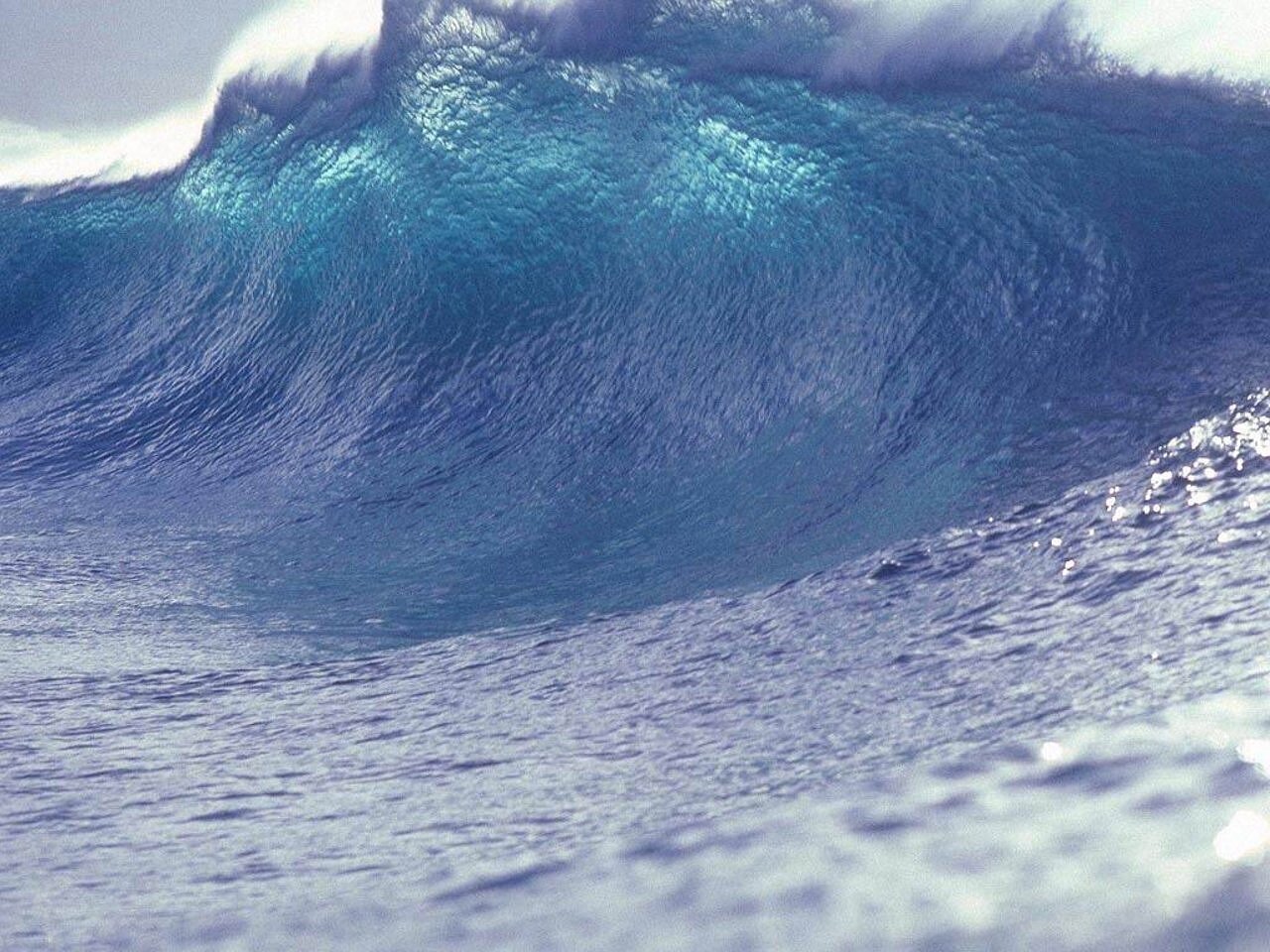Understanding California's Tsunami Risk: High-Impact Zones And Preparedness

Welcome to your ultimate source for breaking news, trending updates, and in-depth stories from around the world. Whether it's politics, technology, entertainment, sports, or lifestyle, we bring you real-time updates that keep you informed and ahead of the curve.
Our team works tirelessly to ensure you never miss a moment. From the latest developments in global events to the most talked-about topics on social media, our news platform is designed to deliver accurate and timely information, all in one place.
Stay in the know and join thousands of readers who trust us for reliable, up-to-date content. Explore our expertly curated articles and dive deeper into the stories that matter to you. Visit Best Website now and be part of the conversation. Don't miss out on the headlines that shape our world!
Table of Contents
Understanding California's Tsunami Risk: High-Impact Zones and Preparedness
California, known for its stunning coastline, also faces a significant, albeit often overlooked, threat: tsunamis. While not as frequent as earthquakes, the potential impact of a tsunami on California's coastal communities is immense. Understanding the risk, identifying high-impact zones, and preparing for a tsunami event are crucial for safeguarding lives and property.
California's Tsunami Threat: A Real and Present Danger
The Pacific Ocean's "Ring of Fire," a highly seismically active zone, surrounds California. Submarine earthquakes, volcanic eruptions, and even underwater landslides can generate devastating tsunamis. While a local earthquake could trigger a smaller, locally generated tsunami, the most significant threat comes from distant tsunamis generated by powerful earthquakes in the Pacific Basin, such as those originating near Japan, Alaska, or South America. These distant tsunamis can take hours to reach California, providing crucial time for evacuation, but also meaning that the threat is not immediately apparent.
High-Impact Zones: Where the Risk is Highest
Several areas along California's coast are particularly vulnerable to tsunami inundation. These high-impact zones typically include:
- Northern California: Areas around Humboldt Bay, Crescent City, and the Mendocino Coast are historically prone to significant tsunami impacts. The proximity to the Cascadia Subduction Zone, a major earthquake fault line, increases their vulnerability.
- Central California: Monterey Bay and the Big Sur coastline, while less frequently impacted, are still susceptible to tsunami waves.
- Southern California: While less likely to experience the largest waves, areas like Los Angeles, Long Beach, and San Diego still face tsunami risks, particularly from distant events. Low-lying coastal areas are particularly vulnerable.
It's crucial to note that even areas not explicitly designated as "high-impact" can still experience significant flooding and damage from a tsunami. The topography and coastal features greatly influence the impact of a tsunami wave.
Understanding Tsunami Warning Systems
California has a robust tsunami warning system in place, managed by the National Oceanic and Atmospheric Administration (NOAA). The system uses a network of seismic sensors and ocean buoys to detect tsunamis and issue warnings to coastal communities. You can receive timely alerts through several channels:
- NOAA Weather Radio: A dedicated NOAA Weather Radio is an essential tool for receiving emergency alerts, including tsunami warnings.
- Emergency Alert System (EAS): Television and radio broadcasts will issue warnings through the EAS.
- Wireless Emergency Alerts (WEA): Your mobile phone will receive a WEA alert if a tsunami warning is issued for your area.
Preparing for a Tsunami: A Multi-Step Approach
Preparation is key to mitigating the risks associated with a tsunami. Here are essential steps to take:
- Develop an evacuation plan: Identify your evacuation route and a safe meeting place for your family. Know your high ground – areas above the tsunami inundation zone. .
- Build an emergency kit: Stockpile essential supplies, including water, food, first-aid supplies, medications, flashlights, and batteries.
- Participate in community drills: Regular participation in tsunami drills will familiarize you with evacuation procedures and enhance your preparedness.
- Stay informed: Stay updated on tsunami warnings and advisories through official sources like NOAA.
Conclusion: Proactive Preparedness is Paramount
California's tsunami risk is a reality, and understanding this risk is the first step towards effective preparedness. By identifying high-impact zones, understanding warning systems, and developing a comprehensive emergency plan, California residents can significantly reduce their vulnerability to the devastating effects of a tsunami. Remember, proactive preparedness saves lives. Take action today to protect yourself and your family.

Thank you for visiting our website, your trusted source for the latest updates and in-depth coverage on Understanding California's Tsunami Risk: High-Impact Zones And Preparedness. We're committed to keeping you informed with timely and accurate information to meet your curiosity and needs.
If you have any questions, suggestions, or feedback, we'd love to hear from you. Your insights are valuable to us and help us improve to serve you better. Feel free to reach out through our contact page.
Don't forget to bookmark our website and check back regularly for the latest headlines and trending topics. See you next time, and thank you for being part of our growing community!
Featured Posts
-
 Judges Decision Clears Path For 2 8 Billion In Payments To College Athletes
Jun 10, 2025
Judges Decision Clears Path For 2 8 Billion In Payments To College Athletes
Jun 10, 2025 -
 Espn Confirms Aaron Rodgers Joins Steelers In 13 65 M Deal
Jun 10, 2025
Espn Confirms Aaron Rodgers Joins Steelers In 13 65 M Deal
Jun 10, 2025 -
 Free Agent Linebacker Broncos Make Sense As Next Destination
Jun 10, 2025
Free Agent Linebacker Broncos Make Sense As Next Destination
Jun 10, 2025 -
 Building Harambee Stars Benni Mc Carthy Advocates For A Patient Strategy
Jun 10, 2025
Building Harambee Stars Benni Mc Carthy Advocates For A Patient Strategy
Jun 10, 2025 -
 Longtime Bengal Linebacker Pratt Released By Team
Jun 10, 2025
Longtime Bengal Linebacker Pratt Released By Team
Jun 10, 2025
